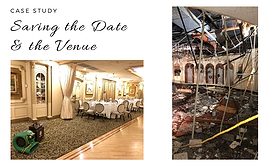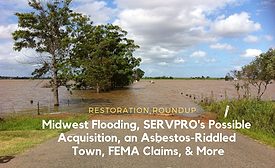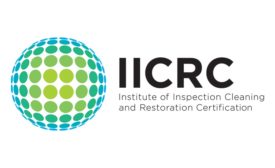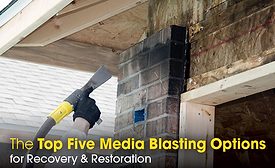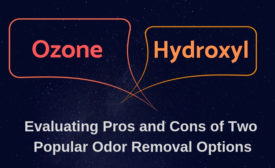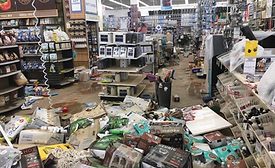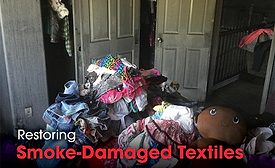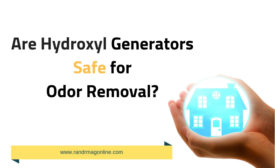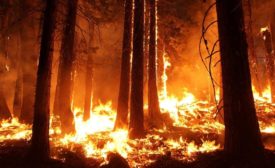Fire and Smoke Damage Restoration
Case Study
Quick work saves a wedding venue ahead of a busy wedding weekend.
Read More
Restoration Roundup: Deadly Flooding, SERVPRO's Possible Acquisition, Asbestos-Riddled Town, & More | 3.20.19
The latest headlines affecting the restoration industry.
March 20, 2019
Get our new eMagazine delivered to your inbox every month.
Stay in the know on the latest disaster restoration and remediation trends.
SUBSCRIBE TODAY!Copyright ©2022. All Rights Reserved BNP Media.
Design, CMS, Hosting & Web Development :: ePublishing
